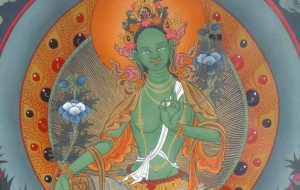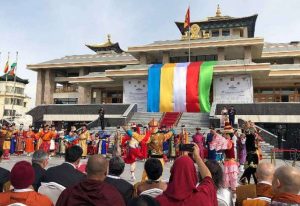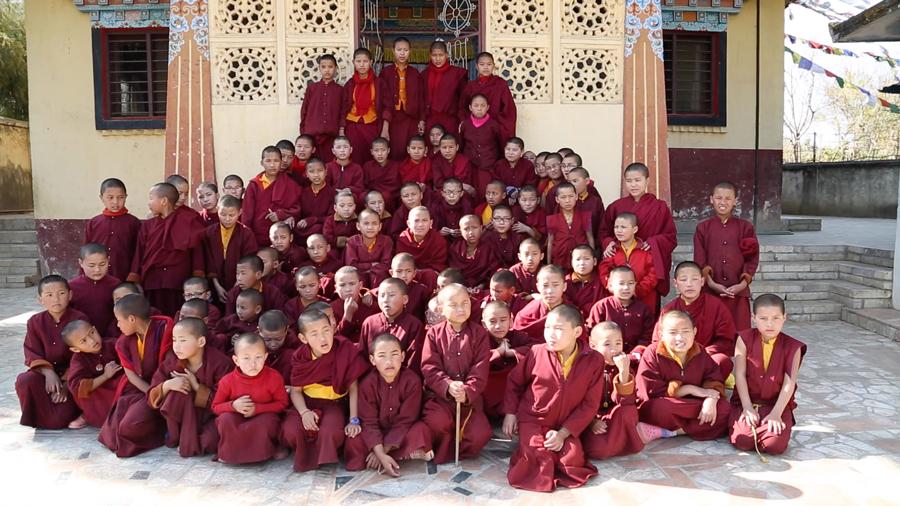
From his travels around the world, Tsoknyi Rinpoche has seen the benefits of modern education, but also its limits. At Tsoknyi Gechak Ling in the ancient hilltop village of Chobhar, just outside Kathmandu—the only nunnery practicing the Tsoknyi tradition outside of Tibet—Rinpoche’s wish to implement an educational system that has Buddhist ethics at its core has been fulfilled. The nuns enjoy the benefits of modern education, while at the same time following the curriculum of a traditional monastic institution.
Tsoknyi Gechak Ling (TGL) opened in the spring of 2010 with about 32 nuns, or anis, and is now home to well over 150. Some of the original nuns came from Gechak Gonpa in Nangchen, eastern Tibet, to be with their teacher Tsoknyi Rinpoche, the first five nuns arriving in Nepal as early as 1994. Then, in the spring of 2011, 82 young girls arrived in Chobhar to join TGL, most of them from the Himalayan Buddhist community in Nubri, in the mountains of northern Nepal. As the current facilities were by now too small for the number of anis in residence, by the end of the year, Rinpoche had a vision to build a new nunnery at Chobhar.
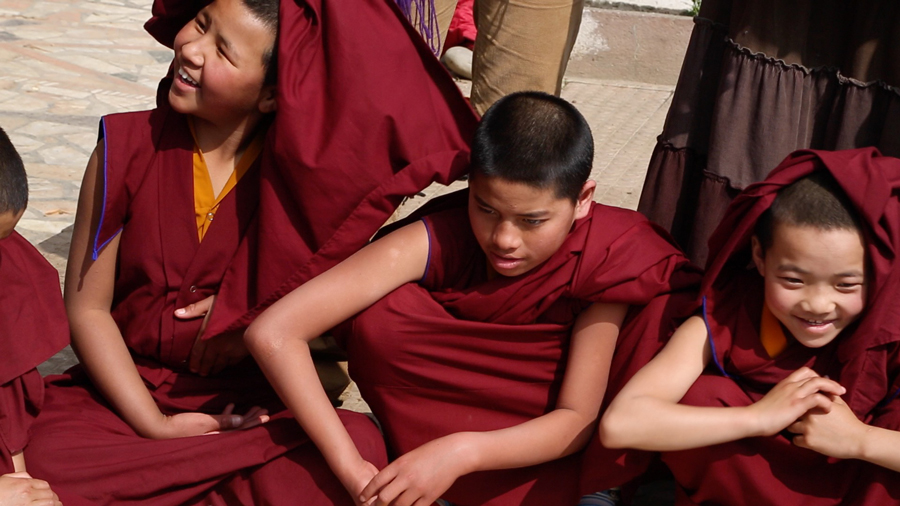
In early 2012, a Capital Campaign for the new nunnery was started by Rinpoche’s students, in order to raise funds around the world. Rinpoche’s plan was to build a primary school, a nuns’ residence and shedra (monastic college), a three-year-retreat building, and a retreat center for international students, as well as a large shrine room. The primary school, nuns’ residence, and shedra are already complete, while the shrine room and three-year-retreat center are under construction and the international retreat center is currently in the planning stages.
As Tsoknyi Gechak Ling is quite new, the process of integrating secular education and classical monastic education is easier than it might be in a more established, traditional monastery. The school, which provides the young nuns with a modern education, was founded two years ago. While it follows the Nepali government curriculum, it also seeks to add an ethical dimension to the secular subjects by integrating the Dharma into the classroom, often through stories from the Buddha’s life. For example, in a class on nutrition, the teacher told the story that when the Buddha wasn’t eating, he became weak and eventually realized that a balance in all things, including food, is necessary. This taught the girls the importance of having a balanced and healthy diet. The aim is that the nuns will complete primary education up to Grade 8, after which they will graduate to the shedra for nine years of higher Buddhist philosophical studies. Upon graduating from the shedra, the nuns will be awarded the title “Lopan” and be fully qualified to teach at shedra level.
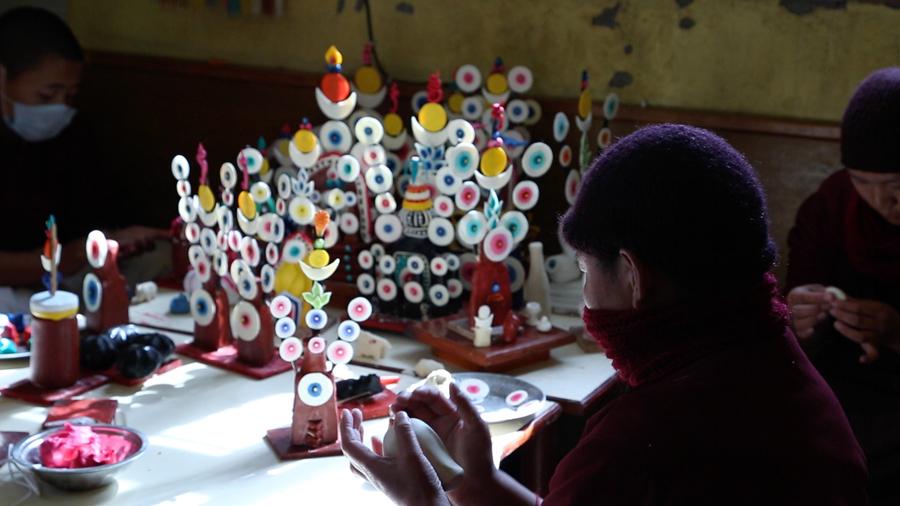
A lot of progress has been made in the last two years. In conjunction with the Nepalese teacher-training institute Rato Bangala Foundation, from May 2014 to January 2015 a teacher-training program was run at the school, so that it now benefits from the experience of well-trained local lay teachers, as well as from that of the two Lopans who are teaching Tibetan language to the young nuns. The plan is to continue the collaboration in the coming year as well.
According to Fionnuala Shenpen, director of the Tsoknyi Gechak School, many monasteries and nunneries are now providing some level of secular education, or are at least looking into it. In the past, gompas were seats of learning where families from Buddhist communities would send their brightest children. Nowadays, families have fewer children, and their educational opportunities are increasingly greater as long as their families can afford it. Adapting to changes in and maintaining a connection with society is becoming more and more difficult without a secular education, so it is important for monastic institutions to move with the times.
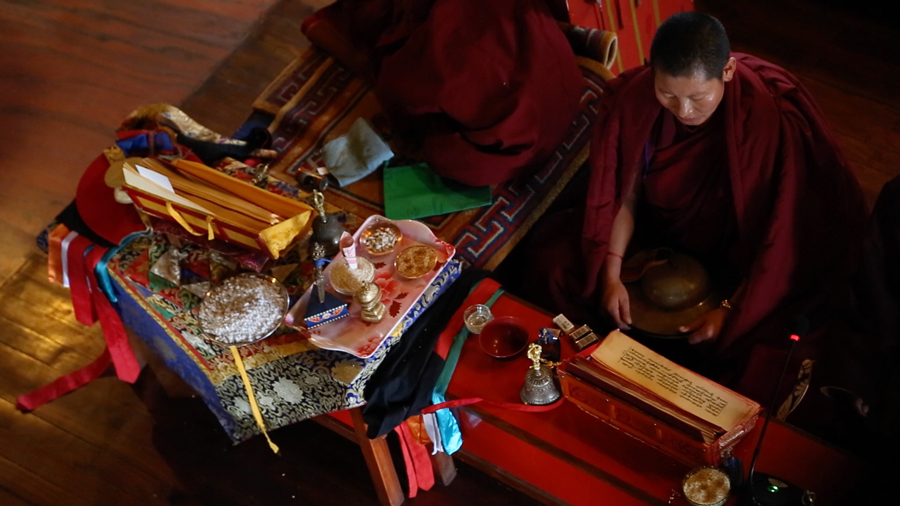
At Tsoknyi Gechak Ling, the monastic and school activities of the young nuns are woven together well. The day starts at 5 a.m., and ends at either 8 p.m. for the youngest of the nuns, or at 9.30 p.m. for the older ones. Their day consists of exercise, meditation and prayer, memorization of texts, training in playing the puja instruments, calligraphy lessons, five hours of school, and homework. For the youngest, homework is replaced by playtime.
“The girls, the little nuns, are so appreciative, and the ways they show their appreciation are so heart-warming,” says Fionnuala. “They are like all children: they know when they are attended to, and they blossom. There is a lot of satisfaction in knowing that there are nice teachers in the classrooms and the girls are learning, are taken care of, and are happy. Just these simple things are very satisfying,” she concludes.
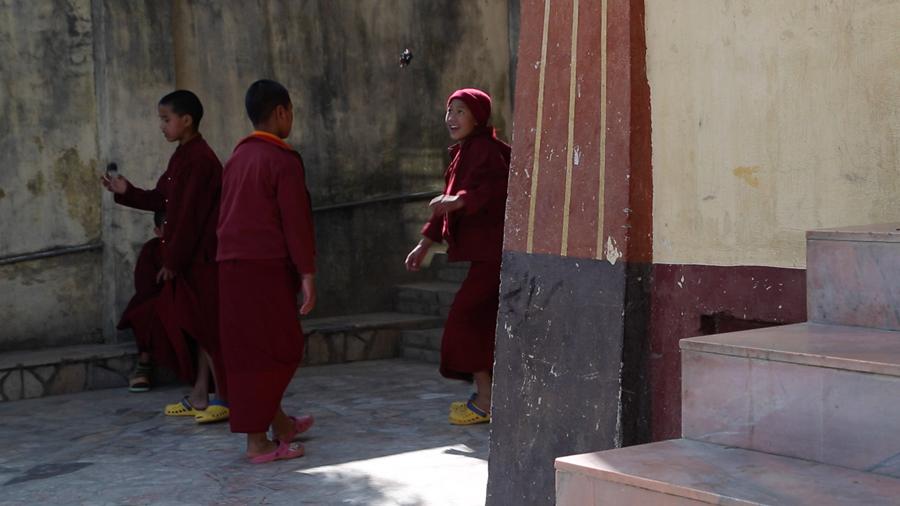
For further information, see:
Tsoknyi Gechak School Facebook
Michael Ash is the founder of Dharma Eye–The Buddhist Photographer collective. To learn more about Dharma Eye and see Michael’s work as a photographer, visit Dharma Eye.





